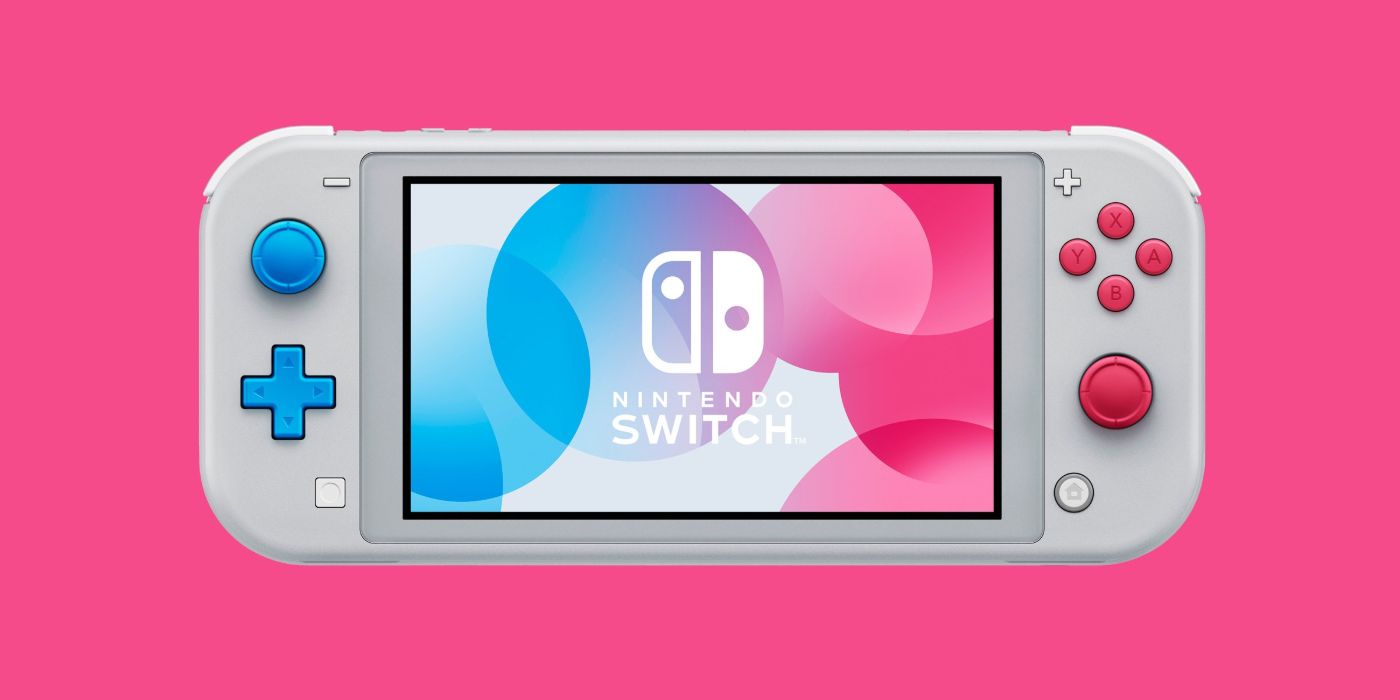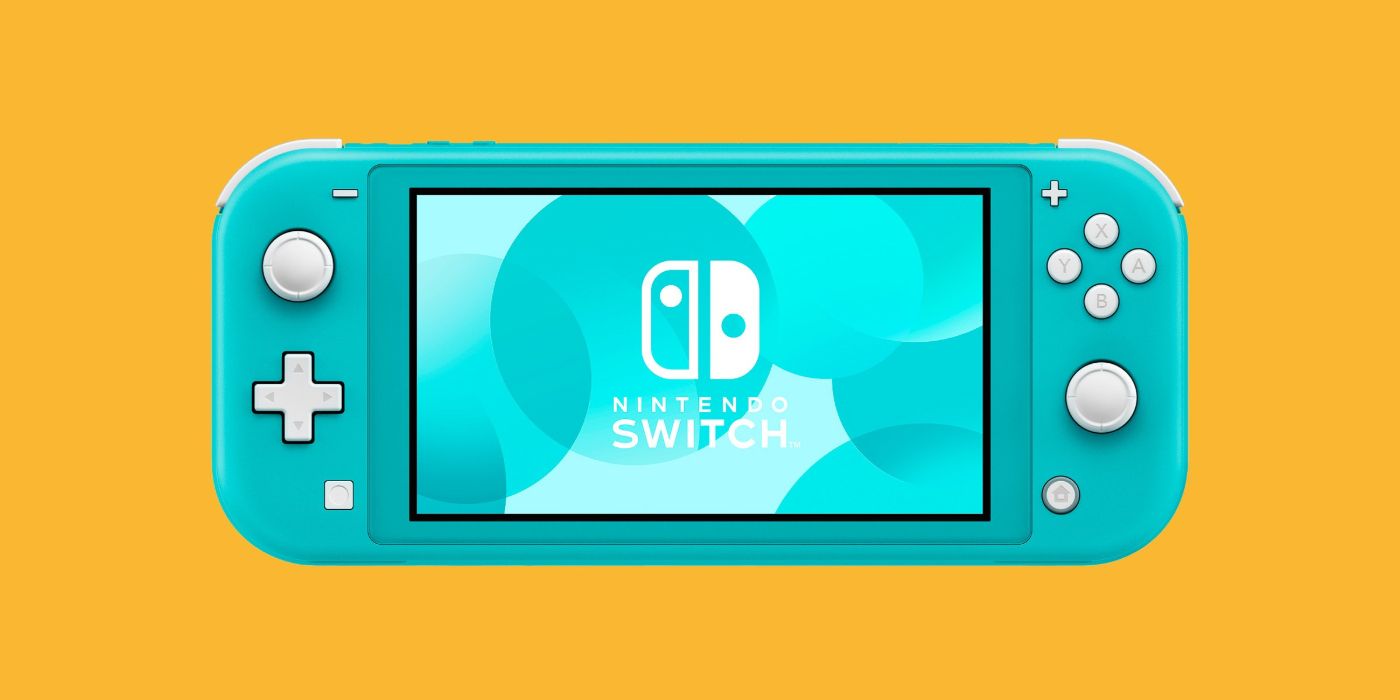The Nintendo Switch was a popular holiday purchase, with it being Nintendo’s biggest success since the original Wii back in the 2006. But as with any electronic device, technical difficulties can arise. The support section on Nintendo’s website might not hold all the answers, either. Dealing with audio lag can involve fiddling around with a web of tangled wires and faulty electronics. It also very difficult to pin down as sometimes it’s the television, or sometimes the sound is mixed poorly. Hopefully, this guide will provide help with fixing audio issues.
The goal here is to try and solve the issue without spending money or having to mess with too many wires, so a lot of the fixes that are presented early on might be a bit rudimentary. Such as how it’s important to identify that it’s specifically the Switch that’s causing the audio delay and not some other device. To get started, unplug everything from the television and slowly start plugging them in and testing them one at a time until the lag appears again. Try using different HDMI cords as well.
Once you've identified that it is the Nintendo Switch that is indeed having the problem, make sure that the monitor or TV is in game mode. Many televisions have settings that can affect playback and introduce input lag. It’s less often that this causes audio lag but it is possible. Then, do a system restart by using the Nintendo Switch’s power options menu, found by holding down the power button. Many systems can suffer from lag because they’ve been in operation for too long, so also consider simply turning it off and letting it rest for an hour or so.
Additional Nintendo Switch Audio Lag Solutions
In the event that the prior answers did not fix the audio lag, here are some other possible solutions. Many of these will involve additional hardware like headphones (check out our list of the best headphones for Nintendo Switch) or audio converters. But, all of the items needed can be found for less than $40.
External audio devices like headphones or speakers can be connected to the Nintendo Switch if the TV is the cause of the audio lag. It’s important to know that the Switch’s audio port is 3.5mm, so keep that in mind when searching for options. HDMI passthrough cables are a bit harder to find, but they work with the same logic as any other audio input. The big difference is that you can route them from the Nintendo Switch's audio port into the monitor or TV. This requires the TV to have at least two HDMI ports though, so it’s recommended to try and switch out the original HDMI cable in case the issue is being caused by faulty wiring.
Next: Former Nintendo of America President Reggie Fils-Aimé Wins New York Game Awards' Legend Prize
Source: iMore


